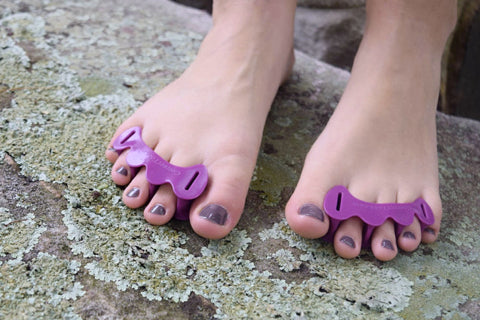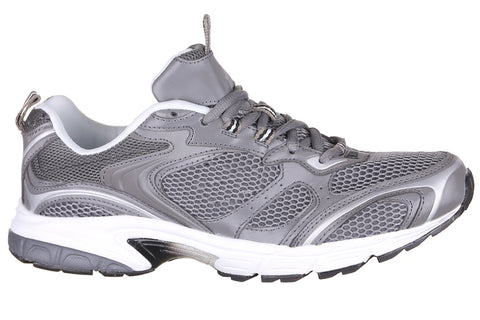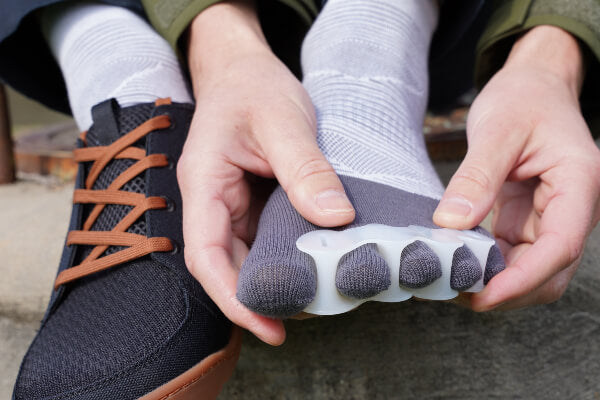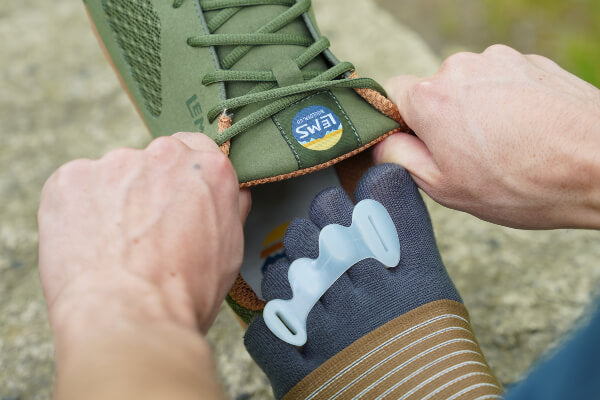Peripheral Arterial Disease

Peripheral arterial disease, or PAD, is a health problem in which plaque—a combination of calcium, fibrous tissue, fat, and cholesterol—accumulates in the arteries that deliver blood to the head, organs, and limbs. Plaque can harden the arteries over time and decrease the diameter of the blood vessels, which reduces the amount of blood reaching certain parts of the body, including the feet. PAD is a common circulatory... Read more












